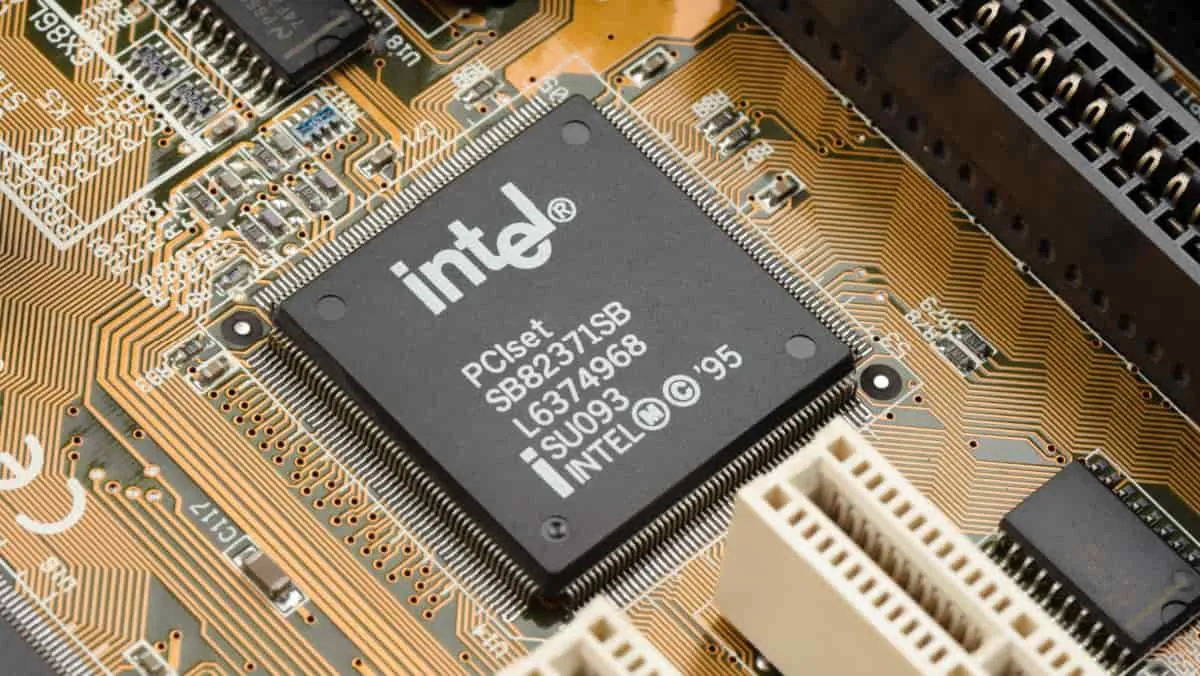Wednesday Apr 3 2024 14:10

4 min

Intel shares extended losses from the previous session and dropped by over 5% in premarket trading on Wednesday, following the company's disclosure of its semiconductor manufacturing division's financial performance in a Securities and Exchange Commission (SEC) filing.
At the time of writing at 13:55 GMT on Wednesday, Intel shares were down 5.44% in premarket trading at $41.58.
Intel’s semiconductor manufacturing business, also known as the foundry business, reported a significant operating loss of $7 billion in 2023, with sales totaling $18.9 billion. This marks a wider loss from the $5.2 billion Intel reported in 2022 on $27.5 billion in sales.
For the first time, Intel has provided specific revenue figures for its foundry business, a departure from its traditional practice of designing and manufacturing its own chips and reporting the final sales figures to investors.
Unlike Intel, other American semiconductor firms, like California-based Nvidia and AMD, design their chips but rely on Asian foundries, typically Taiwan’s TSMC, for production.
Сalculate your hypothetical P/L (aggregated cost and charges) if you had opened a trade today.
Market

Instrument


Account Type
Direction
Quantity
Amount must be equal or higher than
Amount should be less than
Amount should be a multiple of the minimum lots increment
USD
EUR
GBP
CAD
AUD
CHF
ZAR
MXN
JPY
Value
Commission
Spread
Leverage
Conversion Fee
Required Margin
Overnight Swaps
Past performance is not a reliable indicator of future results.
All positions on instruments denominated in a currency that is different from your account currency, will be subject to a conversion fee at the position exit as well.
Under the leadership of CEO Patrick Gelsinger, Intel has been promoting a strategy to not only continue producing its own processors but also to establish an external foundry service for manufacturing chips for other companies.
Intel’s unique position as one of the few U.S. entities conducting advanced semiconductor manufacturing domestically was a key factor in its recent acquisition of nearly $20 billion in funding from the CHIPS and Science Act.
Much of Intel’s foundry revenue is generated from its own operations, the chipmaker said on Tuesday. Intel also restated its product divisions to present its costs as though it were a so-called "fabless" company that has to account for foundry as a cost.
Intel’s reorganized Products division, mainly comprising PC and server processors, recorded an operating income of $11.3 billion on sales of $47.7 billion in 2023.
Intel anticipates that the foundry's losses will reach their highest point in 2024, aiming for a break-even point “midway” between this quarter and the end of 2030. The company has already said that Microsoft would use its foundry services and has already secured $15 billion in foundry revenue.
“Intel Foundry is going to drive considerable earnings growth for Intel over time. 2024 is the trough for foundry operating losses,” Intel CEO Patrick Gelsinger said on a call with investors on Tuesday.
In a promo video, Intel attributed the foundry business's current lack of profitability to the "weight of past decisions."
Separately, Gelsinger cited the company’s previously “slow” adoption of Extreme Ultraviolet (EUV) lithography technology, essential for manufacturing the most advanced chips, as another contributing factor.
Intel shares have lost over 12.5% year-to-date but are up 33.8% on a 12-month basis. As of April 3, the S&P 500 index was up 9.15% and 27.3% in the same periods.
When considering shares, indices, forex (foreign exchange) and commodities for trading and price predictions, remember that trading CFDs involves a significant degree of risk and could result in capital loss.
Past performance is not indicative of any future results. This information is provided for informative purposes only and should not be construed to be investment advice.
Asset List
View Full ListLatest
View all
Wednesday, 16 April 2025

5 min

Tuesday, 15 April 2025

6 min

Tuesday, 15 April 2025

6 min


